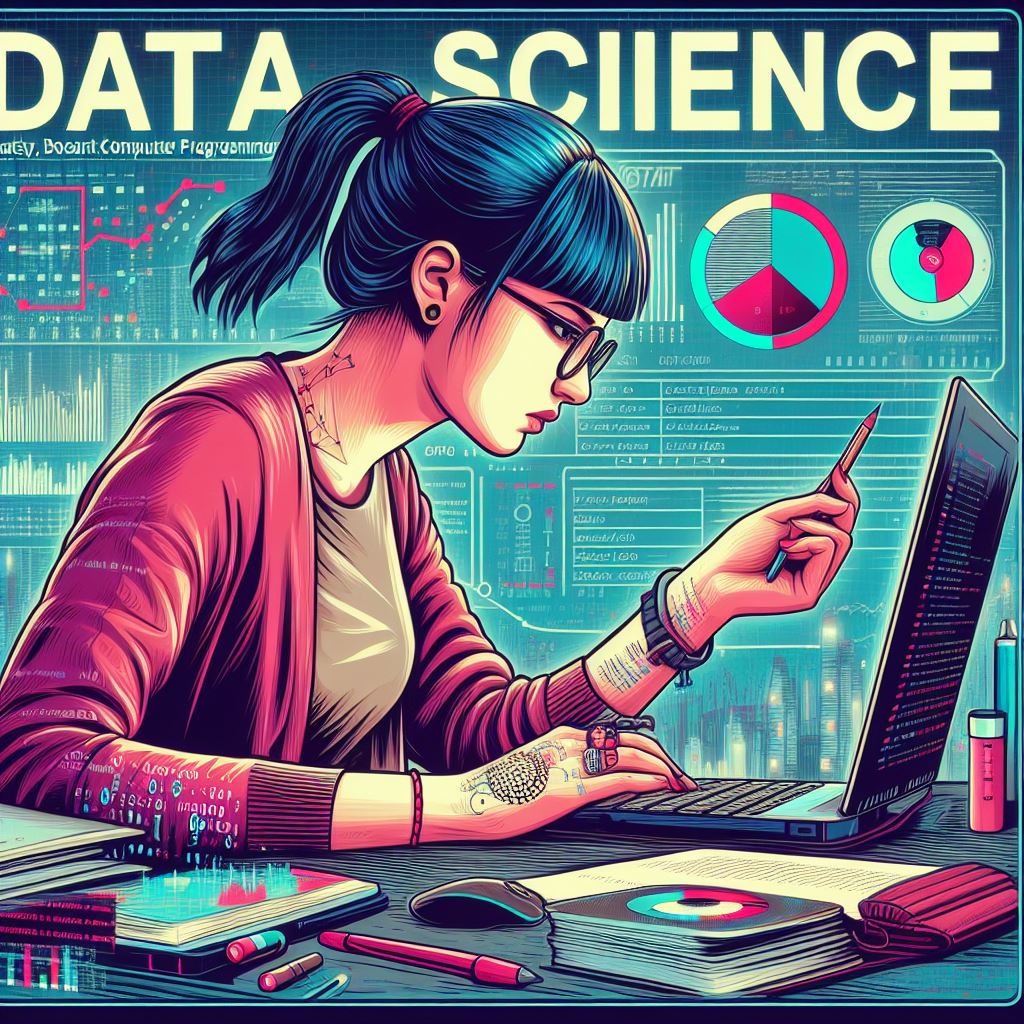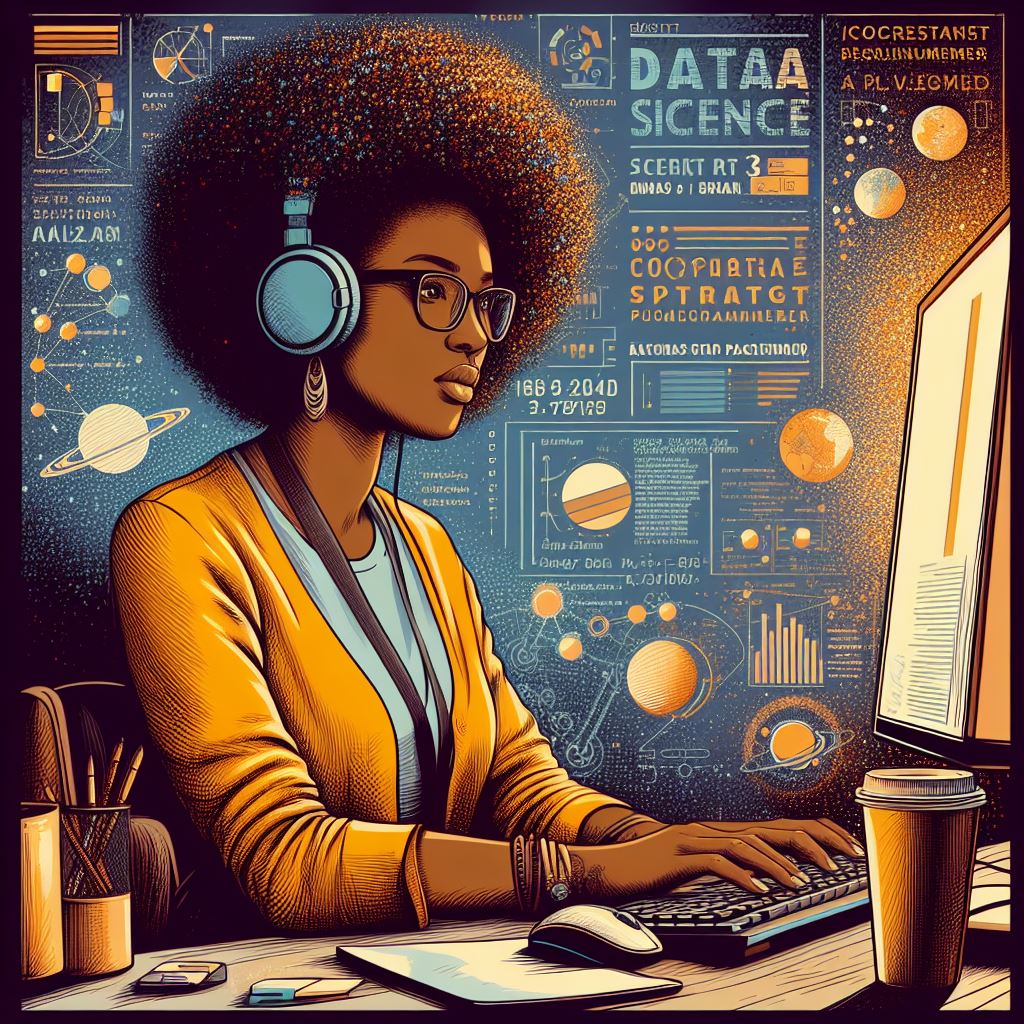Natural Language Processing (NLP) is a branch of artificial intelligence (AI) that focuses on the interaction between computers and human languages. The goal of NLP is to enable machines to understand, interpret, and generate human language in a way that is both meaningful and useful. From chatbots and virtual assistants to automatic translation and sentiment analysis, NLP is at the heart of many modern technologies that facilitate communication between humans and machines.
What is NLP?
At its core, Natural Language Processing is about teaching machines to process human language. This involves understanding the structure, meaning, and nuances of language, including syntax (grammar), semantics (meaning), and pragmatics (context). NLP combines computational linguistics with machine learning and deep learning techniques to help computers understand text and speech in ways that are similar to how humans do.
Key Components of NLP
There are several key components in NLP that contribute to its functionality:
Text Preprocessing: This is the first step in any NLP task. It involves cleaning and preparing raw text data for analysis. Techniques such as tokenization, stemming, lemmatization, and stopword removal are used to make the text more manageable.
Part-of-Speech Tagging (POS): This process assigns a grammatical category (such as noun, verb, adjective) to each word in a sentence. POS tagging helps in understanding the syntactic structure of a sentence.
Named Entity Recognition (NER): NER involves identifying and categorizing key entities in text, such as people, organizations, dates, and locations. This is crucial for applications like information extraction and question answering.
Sentiment Analysis: Sentiment analysis involves determining the emotional tone behind a piece of text. It can help businesses monitor customer feedback, social media, and reviews to gauge customer sentiment.
Machine Translation: NLP plays a significant role in translating text or speech from one language to another. Tools like Google Translate use NLP algorithms to convert languages accurately and efficiently.
Applications of NLP
NLP is transforming various industries by enabling the development of sophisticated AI-powered applications. Here are some notable applications of NLP:
Chatbots and Virtual Assistants: AI-powered chatbots, like Siri and Alexa, use NLP to understand and respond to voice commands. They rely on NLP techniques to process spoken language and provide meaningful answers or perform tasks.
Speech Recognition: NLP is at the heart of speech recognition systems that convert spoken words into text. This technology is used in applications like voice assistants, transcription services, and call center automation.
Search Engines: Search engines like Google leverage NLP to understand user queries and return relevant results. NLP algorithms help search engines interpret natural language queries, making it easier for users to find information.
Content Recommendations: By analyzing text and user behavior, NLP algorithms are used to suggest personalized content, such as news articles, movies, or products, based on individual preferences.
Social Media Monitoring: NLP tools can analyze large volumes of social media data to detect trends, opinions, and sentiments. Brands use this information to adjust marketing strategies and improve customer engagement.
Future of NLP
The future of NLP looks promising, with ongoing advancements in deep learning models, such as OpenAI’s GPT and Google’s BERT, enabling machines to understand language at a deeper level. These models are trained on massive datasets and can perform complex tasks like generating human-like text, summarizing content, and answering questions.
As NLP continues to evolve, we can expect even more breakthroughs in areas like healthcare, education, and finance. For instance, NLP could assist doctors by interpreting medical records, help students by providing automated tutoring, and improve customer service by offering more accurate chatbots.
Conclusion
Natural Language Processing is revolutionizing the way we interact with machines. It bridges the gap between human language and machine understanding, making it possible for machines to understand and respond to human queries with increasing accuracy. As technology advances, the potential applications of NLP will only continue to expand, bringing new possibilities for businesses and consumers alike.


